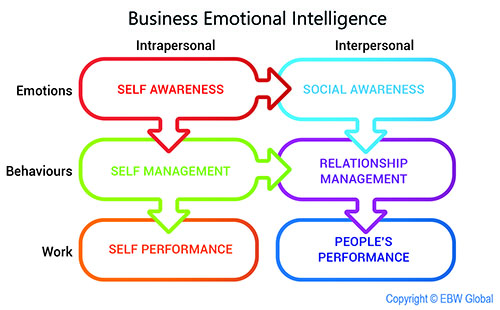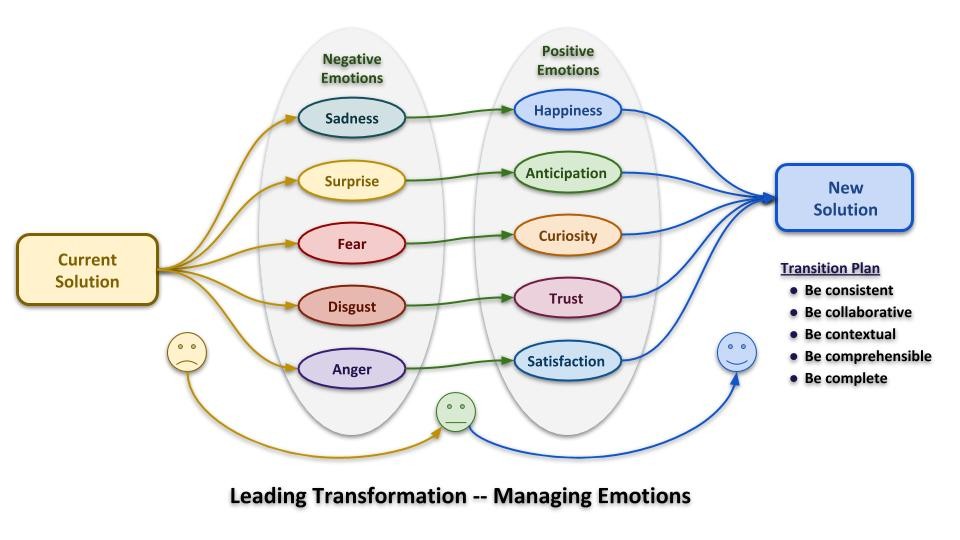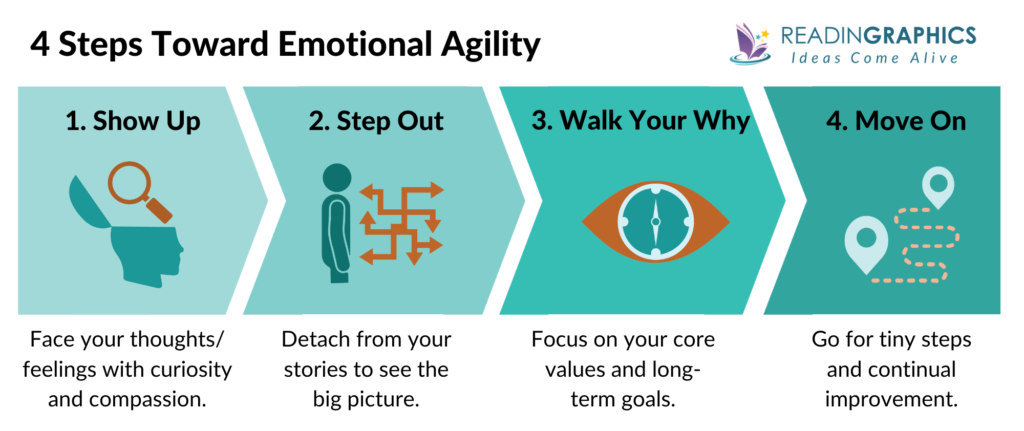The power to navigate personal and team emotions has become an undeniably crucial asset. It is more than just managing reactions; it is honing emotional agility— an indispensable trait for modern leaders.
Emotional agility allows leaders to respond resiliently to constant change and complexity by quickly identifying and understanding their own and their teams’ emotions. It equips leaders with the competence to regulate their thoughts more effectively and to identify and seize new opportunities hidden in crises. Thus, mastering emotional agility is the secret sauce to not only endure in the face of adversity but also to inspire teams to do the same.
Understanding the Impact of Emotions in the Corporate Ecosystem
Emotions significantly affect the workplace’s climate, with leaders playing central roles in defining their teams’ emotional climates. Encouraging positivity—as manifested in optimism, self-assurance, and enthusiasm— can stimulate motivation and engagement. Conversely, unregulated stress or rage has the potential to adversely affect the entire organization.
Thus, effective leaders build self-awareness to guide their emotional responses, cultivating a constructive and supportive environment. When leaders have a strong sense of emotional intelligence, an atmosphere of psychological safety is fostered, unleashing creative, innovative solutions from diverse perspectives.
Image Source: The KPI Institute
Cultivating Emotional Agility in Leadership
The common misconception about emotions is that leaders need to suppress or disregard them. However, the concept of emotional agility suggests the opposite – that leaders can consciously direct their emotions in a more mindful, value-based manner. This practice allows leaders to react to emotional triggers more effectively and encourages the following components:
Self-Awareness: Through recognizing their emotional triggers and patterns, leaders can dismantle assumptions about their emotions and respond more consciously.
Mindfulness: Being present in the moment allows leaders to gain a clear perspective on situations and respond appropriately rather than react impulsively.
Reframing: Leaders well versed in emotional agility can adopt different perspectives to respond to situations, fostering empathy and encouraging innovative solutions.
Regulation: Emotional agility helps leaders regulate their emotions, shifting from unhelpful states towards more constructive responses. Leaders don’t control their emotions but learn to influence them effectively.
Achieving the Benefits of Emotional Agility
Why prioritize managing emotions in leadership? Research signifies multiple benefits for the leaders and their organizations.
Leaders with high emotional agility report lower levels of burnout and higher job satisfaction. They feel more empowered to navigate complex business situations. Their personal and professional lives reflect a deeper alignment of their values and responses.
Teams led by emotionally agile leaders outperform others, demonstrating higher productivity, improved collaboration, and enhanced employee engagement. Such teams focus more on shared goals and innovation rather than individual status or ego.
Emotionally agile organizations cultivate a culture of trust and transparency, fostering a supportive working environment that embraces diversity of thought and rapid adaptation.
Image Source: Reading Graphics
The Path to Demonstrative Agility
In summary, emotional agility is not just a leadership attribute; it is an essential skill that modern leaders must master to steer their organizations successfully. Mastering this skill will lead to numerous benefits including increased job satisfaction, improved team performance, and a healthier organizational culture.
At Leadership Circle, we believe that the ability to navigate emotions with grace and strategy is what separates good leaders from great ones. Our programs are designed to elevate your leadership by turning emotional insight into actionable power. Ready to lead with heart and strategy? Let Leadership Circle guide you in mastering emotional agility and transforming your leadership approach.








